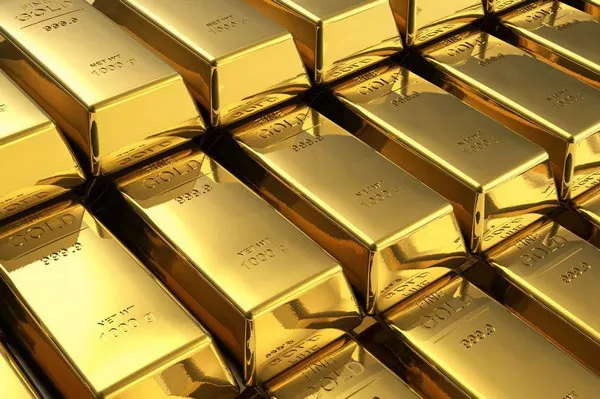Gold has held an esteemed position as a symbol of wealth and value throughout human history. Its lustrous beauty, malleability, and scarcity have captivated civilizations for centuries. In the modern era, the value of gold has continued to evolve, with its price witnessing significant fluctuations. Understanding the factors that contribute to the increase in the value of gold is crucial for investors, economists, and enthusiasts alike. This article delves into the key drivers behind the appreciation of gold’s value.
1. Supply and Demand Dynamics
One of the fundamental factors influencing the value of gold is the interplay between its supply and demand. Gold is relatively scarce, with new discoveries of significant deposits becoming rarer over time. This scarcity, combined with the consistent global demand for gold in various sectors such as jewelry, electronics, and central bank reserves, exerts upward pressure on its price.
Central banks, in particular, play a pivotal role in shaping the demand for gold. They often hold gold as part of their foreign exchange reserves, contributing to a stable and steady demand. In times of economic uncertainty, central banks may increase their gold holdings as a safe-haven asset, further bolstering demand and subsequently, its value.
2. Economic Uncertainty and Safe-Haven Status
Gold’s reputation as a safe-haven asset is deeply ingrained. During times of economic turmoil, political uncertainty, or market volatility, investors often flock to gold as a store of value. The inverse relationship between the value of the US dollar and the price of gold also underscores its safe-haven status. When the dollar weakens, investors seek refuge in gold, driving its value higher.
The COVID-19 pandemic serves as a recent example of how economic uncertainty can drive the value of gold. As global markets experienced unprecedented volatility and central banks implemented unconventional monetary policies, the price of gold surged, reaffirming its role as a hedge against instability.
3. Inflation Hedge
Gold has historically been recognized as an effective hedge against inflation. Inflation erodes the purchasing power of traditional currencies, making tangible assets like gold more appealing. When inflation is anticipated or prevalent, investors often allocate their portfolios to include gold to preserve wealth.
The relationship between gold and inflation is not always straightforward, as other factors can influence gold’s price. However, periods of high inflation tend to coincide with increased demand for gold, thereby contributing to its value appreciation.
4. Geopolitical Factors
Geopolitical tensions and events can significantly impact the value of gold. Political instability, conflicts, and trade disputes can create uncertainty in global markets, prompting investors to seek refuge in gold. The fear of potential disruptions to the supply chain or financial system can amplify demand for this precious metal, thus causing its value to rise.
5. Interest Rates and Opportunity Cost
Interest rates play a crucial role in determining the opportunity cost of holding gold. When interest rates are low, the cost of holding non-interest-bearing assets like gold diminishes, making it more attractive to investors. Conversely, when interest rates rise, the appeal of assets that generate income, such as bonds or dividend-paying stocks, can divert investment away from gold.
The relationship between interest rates and gold’s value is complex and can be influenced by a range of economic factors. However, in a low-interest-rate environment, gold’s appeal as a store of value often gains traction, contributing to its appreciation.
Conclusion
The value of gold is underpinned by a combination of factors, including supply and demand dynamics, economic uncertainty, inflation hedging, geopolitical events, and interest rates. These drivers interact in intricate ways, creating a dynamic market for this precious metal. While gold’s value can experience fluctuations in the short term, its enduring allure as a symbol of wealth and store of value remains unwavering.
Investors, policymakers, and economists continue to closely monitor these factors to gauge the potential trajectory of gold’s value. As the world continues to grapple with economic shifts, geopolitical challenges, and evolving market dynamics, gold’s role in safeguarding wealth and providing stability is likely to persist, reinforcing its position as a timeless asset in the global financial landscape.


